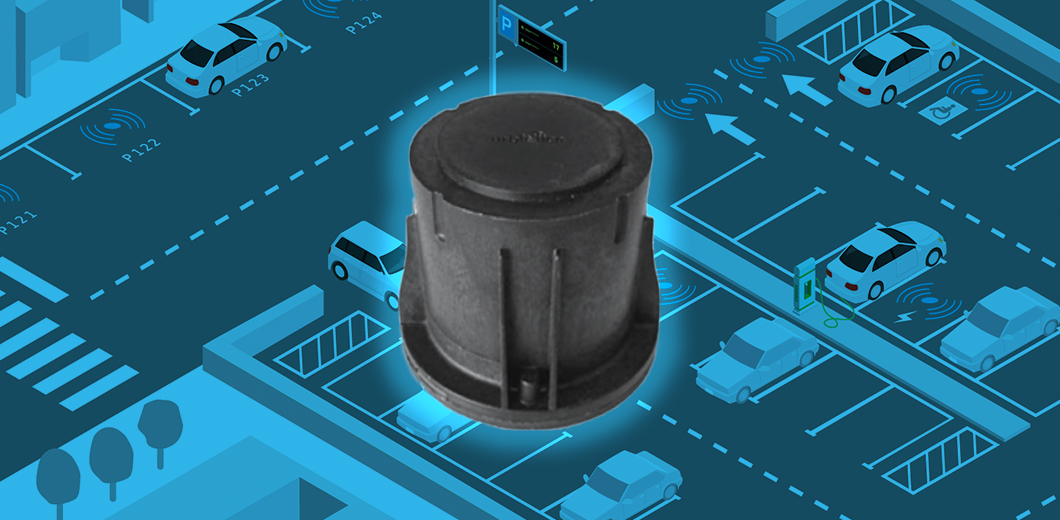For detection and monitoring by sensors and cameras, it is possible to choose between processing the data locally on the data collection device or in the cloud, i.e. connecting the information generated to a central platform to collect all the data. The decision of one approach or the other can influence both the final investment and system functioning, so it is crucial to take into account factors such as budget, required real-time performance and the amount of data to be analysed.
Both alternatives have pros and cons, so the final decision will depend on the specific case circumstances. In the case of Urbiotica, cloud processing has been prioritised for its parking guidance and control solutions due to its multiple advantages.
Advantages and disadvantages of both focuses
Cloud processing
Cloud processing leverages the superior computing power of Smart Parking platforms for the implementation of more sophisticated algorithms. This is particularly useful for IoT devices that have limited resources in terms of battery and processing power. It is therefore important to minimise local processing and consequently energy consumption in order to extend the lifetime of devices by reducing consumption. .
Updates in the cloud are also immediate and apply to all connected devices simultaneously. Thus, there is no need to manually update each sensor or camera one by one, which simplifies the process and avoids the complexity of operational management.
It is important to bear in mind that sending large volumes of data to the cloud can increase communication costs, especially in camera-based detection systems where images and video are very heavy. Where the system relies on a mobile network, the cost of additional data charges may be higher than expected if the devices use a SIM card.
Local processing
Local data processing allows devices to operate autonomously, without relying on cloud connectivity. This has a number of advantages, such as reduced latency for faster real-time responses, an extremely important detail in applications such as security systems or traffic control where speed of response can make all the difference. However, it is not so decisive when it comes to smart parking. However, the processing power and accuracy of algorithms can be limited compared to cloud processing, and it cannot combine data from multiple sources as it is restricted to the data available on the sensor itself.

U-Spot: Single space IoT detection
Systems with sensors
By delegating most of the processing to the cloud, it is possible to reduce the sensor workload and therefore the power consumption to ensure a longer device lifetime. This approach allows for more complex algorithms, such as magnetic calibration, which can benefit from cloud processing by accessing extensive data beyond the memory and battery capacity of individual sensors.
What’s more, the ability to combine information from multiple connected sensors improves calibration accuracy and facilitates the implementation of new advanced functions.
In contrast, local processing in IoT sensor systems may not be the most advantageous option given the technological and resource limitations of these devices. While local processing is feasible, it is not as accurate and the ability to combine data from multiple sources is restricted to the data available on the sensor itself.
Systems with cameras
The cloud enables the use of more advanced algorithms for complex tasks such as video analysis and pattern recognition. This feature is very useful in environments where events have to be detected accurately and rapidly.
The upgrade process is also greatly simplified, as new versions of the algorithm can be deployed immediately to all cameras connected to the system, ensuring that the technology remains available without the need for manual intervention on each device.
Another advantage of cloud processing is the ability to combine information from multiple sources, providing a more complete and accurate view of the monitored environment by integrating data from multiple cameras in real time. This integrated analysis capability improves the performance of the system.
By processing data locally, the amount of information sent to the cloud is reduced and, therefore, so is the investment in communication that this process may entail depending on the data flow, especially with large volumes. It also allows the cameras to operate autonomously, without compromising the performance of the control system if it is in an environment where the connection is intermittent or unreliable. Local processing also reduces latency.
.
Urbiotica has decided to focus its strategy on cloud processing for its parking guidance and control devices due to its tangible advantages. The ability to deploy more advanced algorithms, the ease offered by centralised updates and the possibility of combining information from multiple sources are aspects that lead us to this decision. For our customers, this means a system that is more efficient, reliable and easier to maintain.